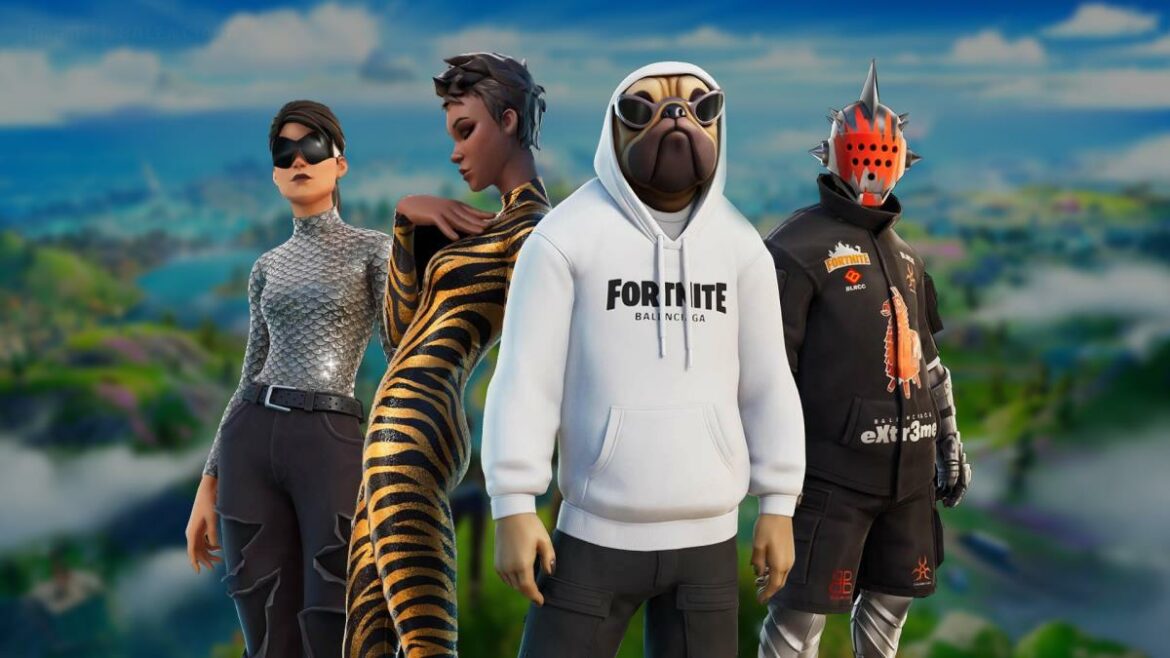![]()
Web3 is a new source of economic value. It’s a marketplace, a new revenue stream, a fuel for business growth and a source of competitive advantage. To explore the full potential of the Web3 economy for brands, here is a Web3 playbook (pictured above and populated with examples below).
The playbook has four quadrants, and two axis. On the horizontal axis, there’s user focus and market focus. On the vertical axis, there’s incremental value-add and transformative value-add. Transformative value does not exist yet in the company. Incremental value add builds upon company’s existing products and services.
![]()
This approach uses Web3 to add value to a brand’s existing business. For example, all recent NFT drops and Fortnite and Roblox brand activations belong in this category (this is the most populated quadrant). Here, Web3 is just another marketing and brand comms channel, but it has a potential to become a new revenue stream if it moves in any of the other three quadrants.
![]()
System
This approach revolves around connecting products and services in a new way to create transformative value. Product value now resides in the service and experience designed around it, as is the case where value is in connecting physical and virtual worlds. The value for Fendi x Ledger is not only selling Silvia Venturini Fendi accessories at luxury fashion price, but in the crypto services that this accessories provide. In this way, Fendi is effectively designing behavioral change by connecting Web3 utility (digital asset management) and luxury design and brand power.
Another scenario has been employed by LVMH, Microsoft and ConsenSys, a blockchain startup, to authenticate luxury goods through blockchain. The authentication platform, AURA, provides information on products from design to distribution, effectively protecting customers from buying counterfeit goods.
Or, Guerlain sold four original NFTs, commissioned from artists, to fund the creation of a self-sustainable agriculture laboratory garden and a 28-hectare biodiversity reserve.
![]()
Design
This approach revolves around customer-led innovation: providing customers with a new, better, different way of doing things in the additive manner. For example, OpenBazaar developed a decentralized blockchain utility to connect buyers and sellers without a middleman (and the associated charges). Tokenization of the ownership over physical products reduces e-commerce transaction costs. What is sold is a token representing a physical good, and payment protects both parties, reduces counterparty risk, and authenticates goods. When a buyer redeems a token, they get a physical good they bought, or they resell the token. This mechanism is a new way of building trust in retail marketplaces: instead of trusting Amazon or TheRealReal, buyers directly build trust with sellers, which opens all sorts of new opportunities for brand-building and commerce.
There are other scenarios within Design approach that add consumer value. Neon DAO and Red DAO are created with a purpose of buying metaverse assets like fashion skins, pieces and virtual land. Global Designer Network connects 100 fashion designers focused on creating digital fashion. Associated Press’ new NFT marketplace offers NFTs of works from the AP’s photographers. Planned are also “Pulitzer Drops,” the Pulitzer Prize-winning photography. Together with NFTs, AP also provides metadata with information on the photo details. Prior to AP, New York Times and Quartz distributed their content in the NFT format.
![]()
Disruption
This approach disrupts the value chain in an existing industry and creates value that didn’t exist before. For example, rather than disrupt the auctions marketplace via just Web3 technology, the cultural marketplace Otis disrupts the entire collectibles market by seizing control of its critical asset: ownership. Otis’ goal is to build “the leading exchange for cultural assets,” powered by the collector community. The vibrant and growing network of collectors is rooted in the fundamentally participatory model that Otis built: culturally hot collectibles are made transparent and accessible, in contrast to the experience of the established auction houses. By putting forward a new way of creating, delivering, and capturing value in the collectibles market, Otis doesn’t only deliver a superior products and services — like “party bidding,” where bidders can join forces — but it built an entire new market.
Another example of Disruption is DAOs moving into physical assets. LinksDAO, a decentralized group aimed at buying a gold course for its member. The first batch of LinksDAO NFTs sale accumulated $10.5M, and provides its holders membership in the future gold course. (Imagine if a Gucci jacket came with a token, and buyers can either redeem it to get hold of the jacket, sell it again on the marketplace, or fractionalize it).
![]()
Addition, Systems, Design and Disruption are some of the scenarios for strategic expansion of legacy brands in the Web3 economy. To move in the right direction, ask: “why is this a problem and how can I use Web3 to solve it?” Do not ask: “What NFTs should I drop?” Go beyond isolated initiatives (a fashion show in Roblox) to create a durable value generated by the growing brand ecosystem of services, physical and digital experiences, information, entertainment, community and collaborations that connect physical and virtual worlds.
Ana Angelic is a brand executive, author or “The Business of Aspiration” and one of Forbes’s The World’s Most Influential CMOs. Ana specializes in building brand-driven modern businesses. She earned her doctorate in sociology and worked at the world’s top brands and advertising agencies. She is a widely read columnist, speaker and advisor. You can find Ana on Instagram and Twitter, and subscribe to her newsletter, The Sociology of Business, where this post was originally featured.

